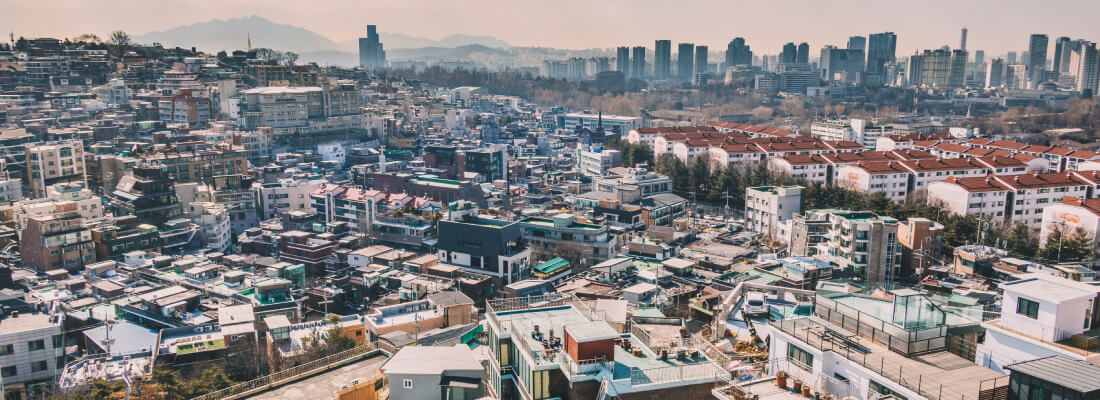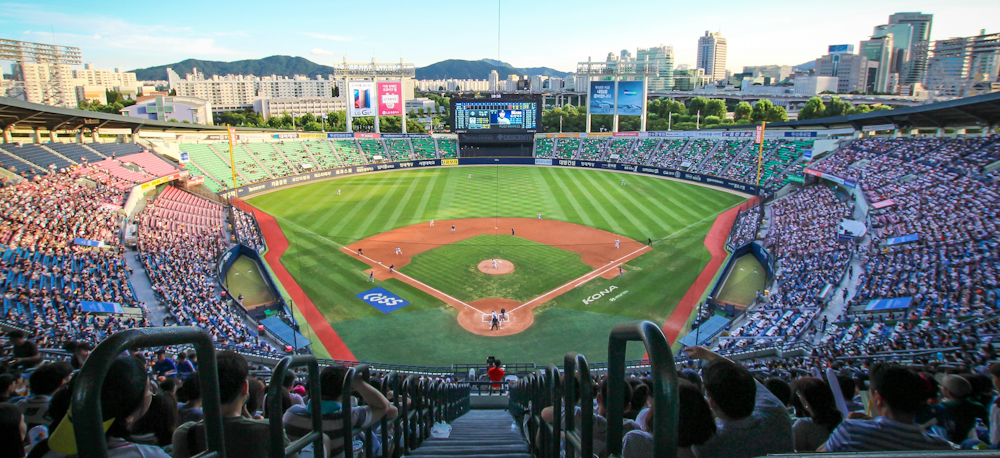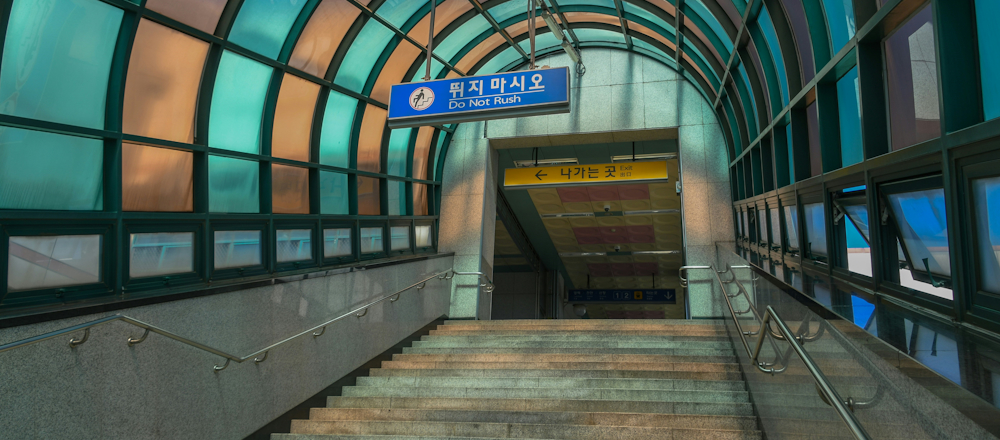Living in Seoul as an expat
As the political, cultural, financial and educational hub of the country, it’s hardly surprising that Seoul is the most popular choice for expats moving to South Korea. The city has a well-established expat community, particularly in districts like Itaewon and Gangnam, where English is widely spoken and international amenities are readily available.
A buzzing metropolis situated on the Han River, Seoul offers fast-paced, high-technology living set against a rich historical background of palaces, fortress walls, royal shrines and single-storey wooden hanok houses. At the same time, the city is the birthplace of K-pop and the epicentre of the Korean Wave, exporting the country’s culture around the globe.
Getting around in Seoul

The options for public transport in the city are vast and efficient, and taxis are numerous and affordable, making car ownership largely unnecessary. Seoul's metro system features 23 lines covering over 700 stations, and it operates from 5.30am to midnight. Rechargeable T-Money cards work across all public transport, and there’s also an unlimited monthly pass. The system is highly integrated, so transfers between subway and bus networks are seamless.
Working in Seoul
Seoul is South Korea’s major business hub and produces around a fifth of the country’s gross domestic product. Expats working in the city often find jobs in information technology, electronics and finance, especially as Seoul is home to major corporations such as Kia, Hyundai, Samsung and LG Electronics. It’s also the centre of the English-teaching industry, another popular avenue of expat employment.
Cost of living in Seoul
The cost of living in the South Korean capital is high. That said, salaries are competitive, and employment contracts often cover the cost of accommodation and schooling, saving expats a lot of money. Transport, locally manufactured goods and Korean food are generally affordable, while foreign foodstuffs and commodities are expensive. While expensive compared to other South Korean cities, Seoul is more affordable than Hong Kong and Singapore for expats.
Lifestyle in Seoul
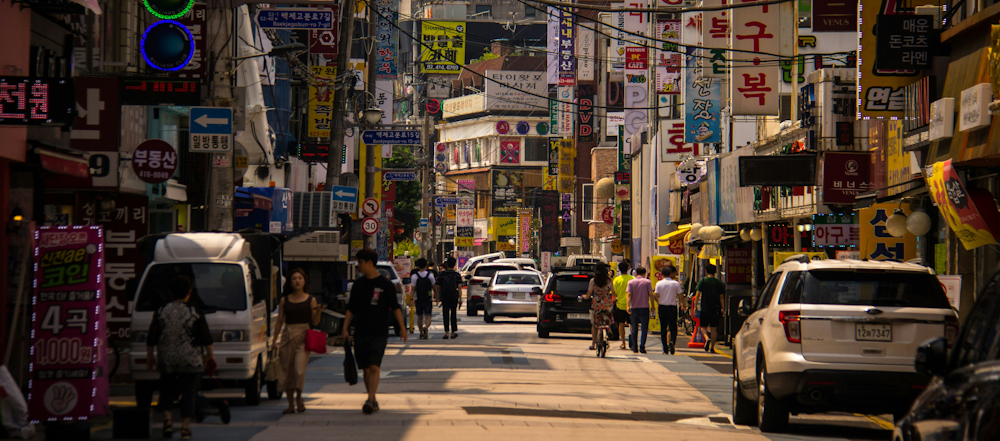
The lifestyle in Seoul is extremely diverse, and the city provides a range of activities to appeal to shoppers, nightlife hoppers, sports enthusiasts and art lovers. There are huge shopping malls throughout Seoul, as well as a large selection of both local and international restaurants.
Lifestyle in Seoul
Things to See and Do in Seoul
Living in Seoul with children
South Korea is a child-friendly country, and Seoul is no exception. Parents will have plenty of things to see and do to keep their tots and young ones entertained. There will also be many opportunities for weekend breaks, as Seoul is a stone’s throw away from many wonderful attractions.
Quality healthcare is readily available throughout the city. The city has numerous family-friendly attractions including theme parks, children's museums, and science centres. Seoul is also known for its safety, with children commonly using public transport independently from a young age.
Healthcare in Seoul
Weekend Breaks in Seoul
Finding a school in Seoul
There are plenty of international schools in the city, with curricula ranging from American and Japanese to the International Baccalaureate. Tutoring is also a large industry in South Korea, and expat parents will not struggle to find school support for their children, should they need it.
International Schools in Seoul
Schools and Education in Seoul
Finding accommodation in Seoul
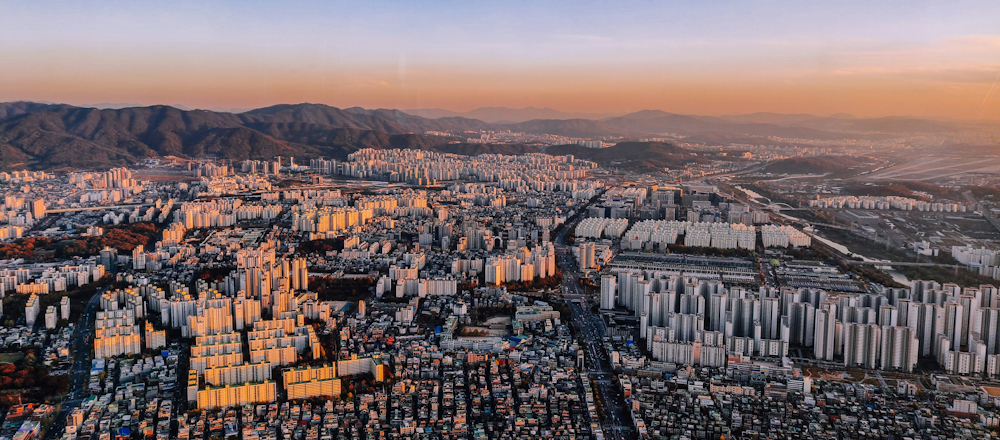
With a wide range of accommodation options including apartments, officetels and serviced residences, Seoul has all the essential amenities to make your stay as safe and comfortable as possible. Seoul's rental system differs from Western markets, with options including jeonse (large deposit, no monthly rent) and wolse (smaller deposit with monthly payments). Most expats opt for wolse or serviced apartments with standard monthly rental arrangements.
Climate and weather in Seoul
Seoul has a humid continental climate, with dry, cold winters and hot, wet summers. Autumn and spring are pleasant but brief transitions between winter’s cold and summer’s heat.
Although Seoul’s reputation as a big city can be intimidating to some, it has a cultural charm that can endear just about anyone. Expats moving to Seoul will find that the contrast between parks, rivers, mountains, teahouses and tall, modern skyscrapers uniquely form to create a city rich in experiences.
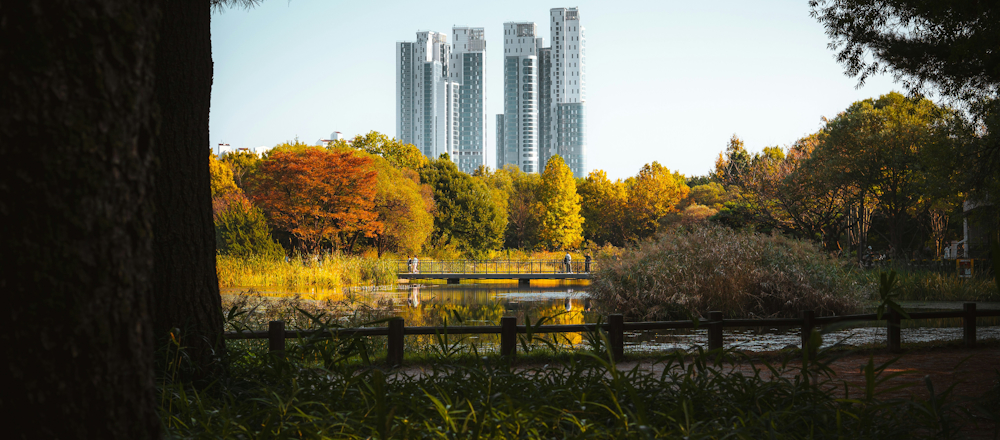
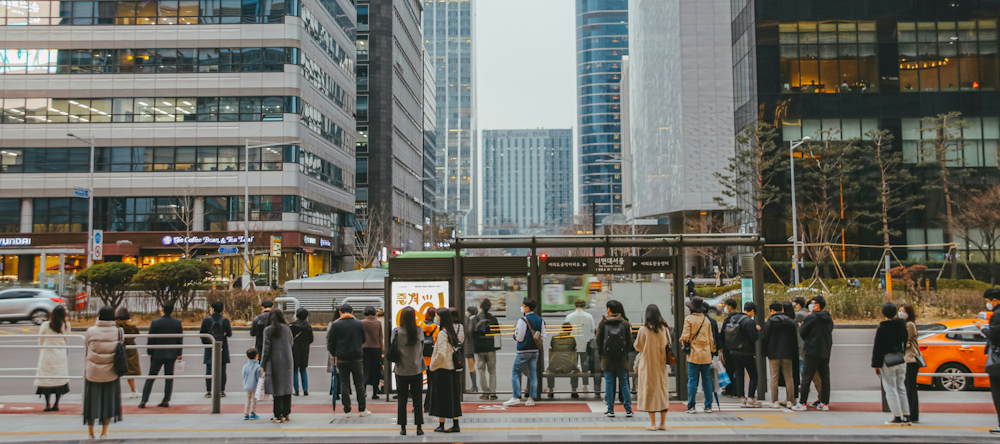
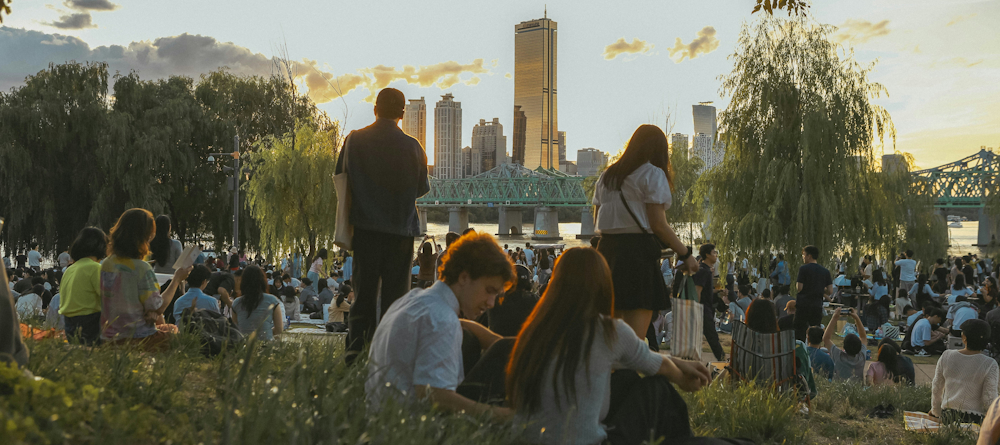





.jpg)
